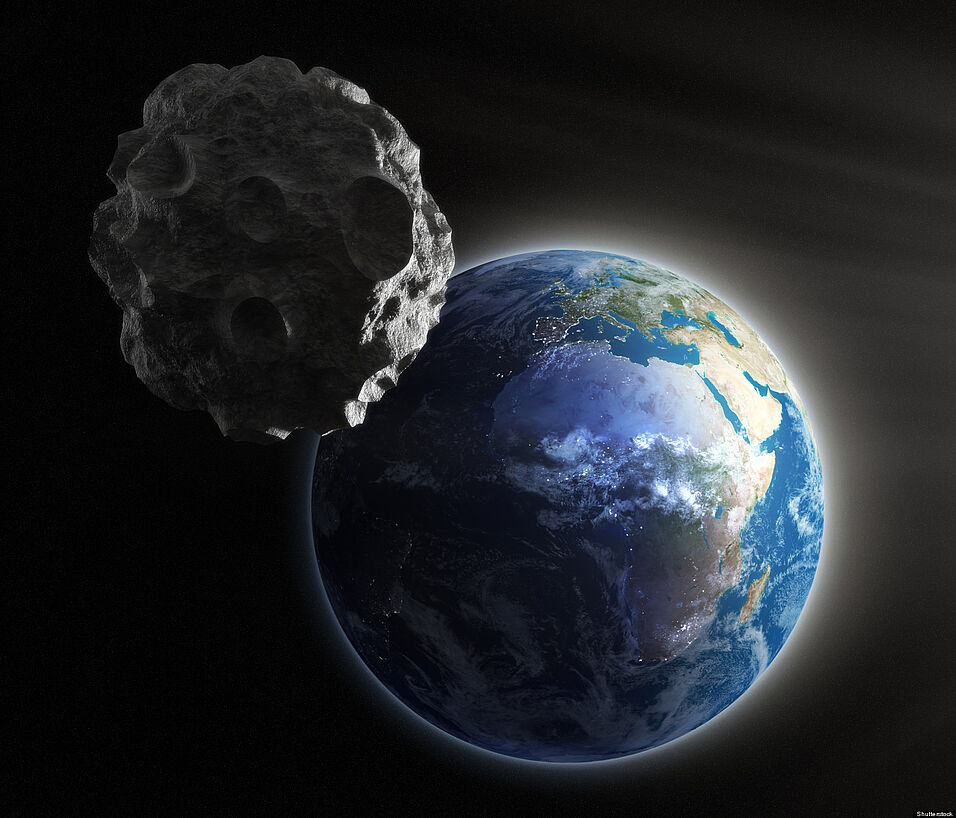Dr. David Bancelin |
13.01.2017 18:00
Asteroids and comets are remnants from our Solar System formation. During this chaotic period, both objects are believed to have contributed in bringing water and organic materials to Earth so that life could appear. We can distinguish several groups of small objects in our Solar System: the distant Oort cloud (reservoir of comets), well beyond the giant planets; the main-belt asteroids located between Mars and Jupiter; and the near-Earth asteroids (NEAs), orbiting in the Earth's neighborhood. These NEAs are of special interest as they regularly cross the Earth's orbit and can become an hazard. Since its formation, our planet has experienced impact events from kilometer-sized objects but also, since the 21st century, from four meter-sized objects (e.g. the Chelyabinsk meteor). Observers and monitoring centers work together in order to observe (discover) known (new) NEAs and to estimate any potential risk. However, despite this dark side, scientists and engineers are also focusing on a more positive aspect of these objects, the space industry. Indeed, NEAs are rich in primitive resources (precious metals) that are key elements for modern industry and are becoming more and more rare on Earth. During this presentation, I will first give an overview on their origin and dynamics. Then, I will discuss their potential threat and the possible mitigation scenarios. Finally, I will talk about a new era in industry, asteroid mining, and what technologies and strategies are currently being developed for the space industry.
Sprache: Englisch | Language: English
